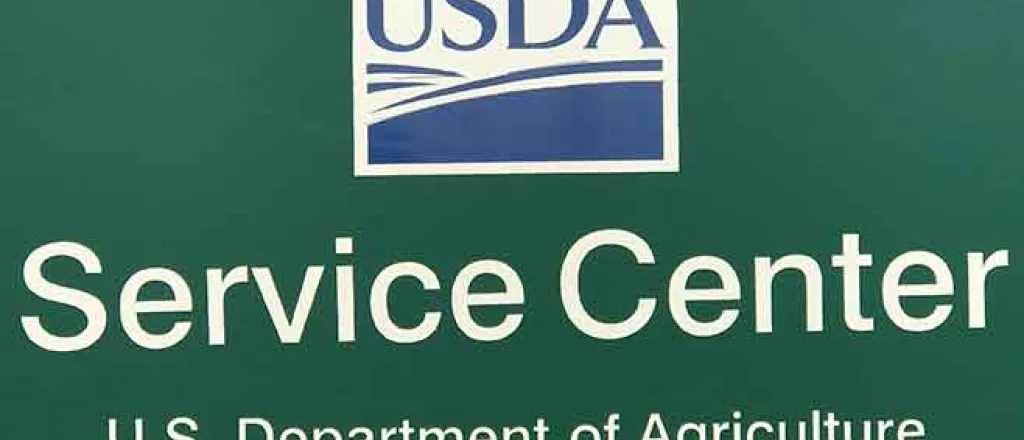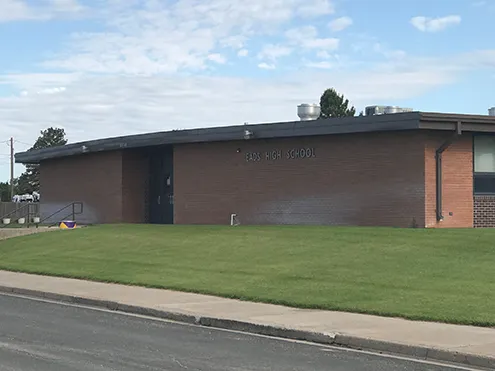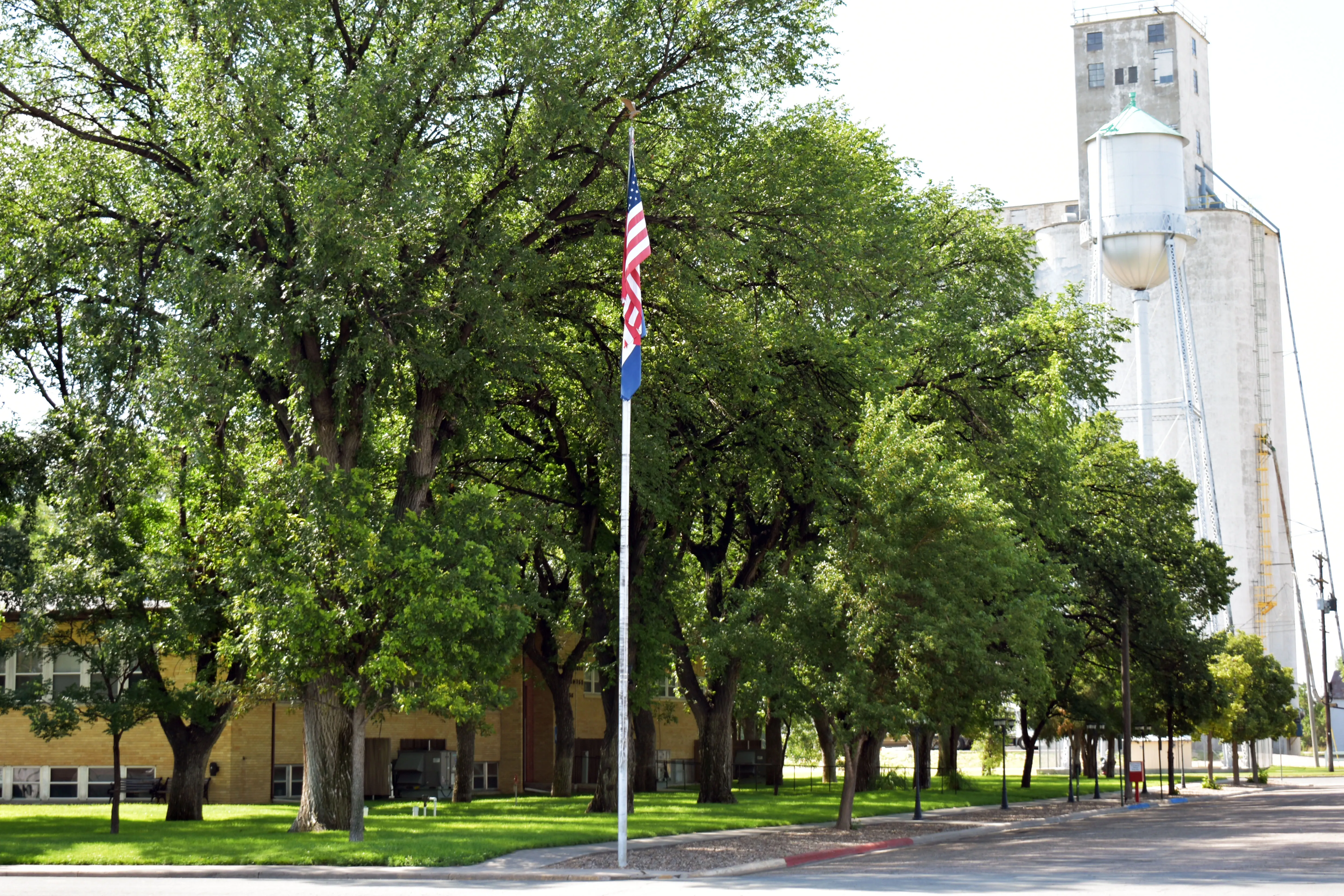
USDA Update – March 1, 2022
IMPORTANT DATES TO REMEMBER:
- MARCH 15, 2022 - 2022 ARCPLC ELECTION AND ENROLLMENT DEADLINE
- MARCH 15, 2022 - DEADLINE TO REPORT COVER CROP
- MARCH 15, 2022 – DEADLINE TO PURCHASE NAP POLICY- SPRING PLANTED CROPS
Disclaimer: Information in this UPDATE is pertinent to Kiowa County FSA only. Producers reading this and that do not have FSA interest in Kiowa County are advised to contact their local FSA Office.
THE USDA SERVICE CENTER HAS A DROP BOX AVAILABLE ON THE EAST SIDE OF THE BUILDING.
COVID-19 UPDATE - The USDA Service Center received instructions last week that all customers visiting any Service Center will be required to wear a mask, regardless of vaccination status.
ARCPLC ELECTION AND ENROLLMENT DEADLINE
Agricultural producers who have not yet enrolled in the Agriculture Risk Coverage (ARC) or Price Loss Coverage (PLC) programs for the 2022 crop year have until March 15, 2022, to sign a contract. The U.S. Department of Agriculture (USDA) offers these two safety net programs to provide vital income support to farmers experiencing substantial declines in crop prices or revenues.
Producers can elect coverage and enroll in ARC-County or PLC, which are both crop-by-crop, or ARC-Individual, which is for the entire farm. Although election changes for 2022 are optional, producers must enroll through a signed contract each year. Also, if a producer has a multi-year contract on the farm and makes an election change for 2022, it will be necessary to sign a new contract.
If an election is not submitted by the March 15, 2022, deadline, the election remains the same as the 2021 election for crops on the farm. Farm owners cannot enroll in either program unless they have a share interest in the crop.
Producers have completed 976,249 contracts to date, representing 54% of the more than 1.8 million expected contracts.
Producers who do not complete enrollment by the deadline will not be enrolled in ARC or PLC for the 2022 crop year and will not receive a payment if triggered.
Producers are eligible to enroll farms with base acres for the following commodities: barley, canola, large and small chickpeas, corn, crambe, flaxseed, grain sorghum, lentils, mustard seed, oats, peanuts, dry peas, rapeseed, long grain rice, medium and short grain rice, safflower seed, seed cotton, sesame, soybeans, sunflower seed, and wheat.
Decision Tools
In partnership with USDA, two web-based decision tools are available to assist producers in making informed, educated decisions using crop data specific to their respective farming operations:
Gardner-farmdoc Payment Calculator, a tool available through the University of Illinois allows producers to estimate payments for farms and counties for ARC-CO and PLC.
ARC and PLC Decision Tool, a tool available through Texas A&M that allows producers to estimate payments and yield updates and expected payments for 2022.
Crop Insurance Considerations and Decision Deadline
ARC and PLC are part of a broader safety net provided by USDA, which also includes crop insurance and marketing assistance loans.
Producers are reminded that ARC and PLC elections and enrollments can impact eligibility for some crop insurance products.
Producers on farms with a PLC election have the option of purchasing Supplemental Coverage Option (SCO) through their Approved Insurance Provider; however, producers on farms where ARC is the election are ineligible for SCO on their planted acres for that crop on that farm.
Unlike SCO, the Enhanced Coverage Option (ECO) is unaffected by an ARC election. Producers may add ECO regardless of the farm program election.
Upland cotton farmers who choose to enroll seed cotton base acres in ARC or PLC are ineligible for the stacked income protection plan (STAX) on their planted cotton acres for that farm.
Producers should contact their crop insurance agent to make certain that the election and enrollment made at FSA follows their intention to participate in STAX or SCO coverage. Producers have until March 15, 2022, to make the appropriate changes or cancel their ARC or PLC contract
NAP DEADLINE – MARCH 15, 2022
The 2022 application for coverage for spring seeded crop deadline for NAP eligible crops is fast approaching. Interested producers must apply for coverage using FSA form CCC-471, “Application for Coverage,” and pay the applicable service fee by Tuesday, March 15, 2022, at the FSA office where their farm records are maintained. These must be filed by the application closing date. Closing dates vary by crop, so it is important to contact your local FSA office as soon as possible to ensure you don’t miss an application closing date. At the time of application, each producer will be provided a copy of the NAP Basic Provisions, which describes how NAP works and all the requirements you must follow to maintain NAP coverage. NAP participants must provide accurate annual reports of their production in non-loss years to ensure their NAP coverage is beneficial to their individual operation.
Producers are required to pay service fees which vary depending on the number of crops and number of counties your operation is located in. The NAP service fee is the lesser of $325 per crop or $825 per producer per administrative county, not to exceed a total of $1,950 for a producer with farming interests in multiple counties. Premiums also apply when producers elect higher levels of coverage with a maximum premium of $15,750 per person or legal entity depending on the maximum payment limitation that may apply to the NAP covered producer. The service fee can be waived for beginning, socially disadvantaged, qualifying veteran, and limited resource farmers and rancher. These farmers and ranchers can also receive a 50 percent reduction in the premium.
NAP Buy-Up Coverage Option
- NAP offers higher levels of coverage, from 50 to 65 percent of expected production in 5 percent increments, at 100 percent of the average market price. Buy-up levels of NAP coverage are available if the producer can show at least one year of previously successfully growing the crop for which coverage is being requested.
- Producers of organics and crops marketed directly to consumers also may exercise the “buy-up” option to obtain NAP coverage of 100 percent of the average market price at the coverage levels of between 50 and 65 percent of expected production.
- NAP basic coverage is available at 55 percent of the average market price for crop losses that exceed 50 percent of expected production.
Buy-up coverage is not available for crops intended for grazing
CROP INSURANCE PREMIUM FOR COVER CROPS
Agricultural producers who have coverage under most crop insurance policies are eligible for a premium benefit from the U.S. Department of Agriculture (USDA) if they planted cover crops during the 2022 crop year. To receive the benefit from this year’s Pandemic Cover Crop Program (PCCP), producers must report cover crop acreage by March 15, 2022.
PCCP, offered by USDA’s Risk Management Agency (RMA), helps farmers maintain their cover crop systems, despite the financial challenges posed by the pandemic and is part of USDA’s Pandemic Assistance for Producers initiative, a bundle of programs to bring financial assistance to farmers, ranchers and producers who felt the impact of COVID-19 market disruptions.
PCCP provides premium support to producers who insured their crop with most insurance policies and planted a qualifying cover crop during the 2022 crop year. The premium support is $5 per acre, but no more than the full premium amount owed.















